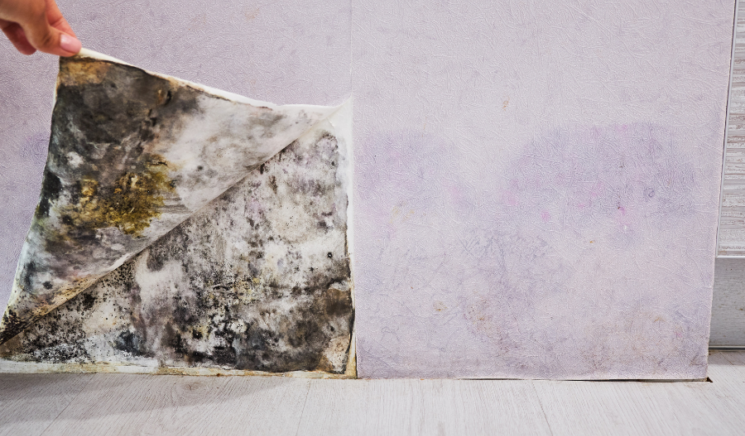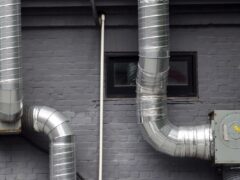Ignoring growing mold can impact your property values and your health.
Surprisingly enough, molds are far more common than one may think. A regular occurrence in buildings and homes, mold grow best in places with a lot of moisture, like leaks in roofs, windows, or pipes, or where there has been flooding.
Mold may be found both indoors and outdoors, entering your home through windows, vents, open doorways, and heating and air conditioning systems. Mold in the air outside can also attach itself to clothing, shoes, and even your pets and carried indoors.
When mold spores drop on places where there is excessive moisture, they will grow. Many building materials provide suitable nutrients that encourage mold to grow. Wet cellulose materials, including ceiling tiles, wood, and wood products, are particularly conducive for the growth of some molds. Other materials such as dust, paints, wallpaper, insulation materials, drywall, carpet, fabric, and upholstery, commonly support mold growth. That’s basically everywhere.
In 2004 the Institute of Medicine found there was sufficient evidence to link indoors exposure to mold with upper respiratory tract symptoms. For those of us who are sensitive to molds, exposure can lead to a variety of symptoms such as wheezing, blocked noses, and itchy and irritated eyes or skin. And for those who may be even more sensitive and with stronger allergies to molds or with asthma, these reactions will be more intense. Workers exposed to large amounts of molds may even suffer more severe reactions including fever and shortness of breath.
Mold “Remediation” is much more than just cleaning up the mold. At Flood Pros, we pride ourselves in following the strictest of industry protocols as defined by Indoor Environmental Standards Organization (IESO) and the (IICRC).
Proper containment and removal of mold growth is essential to preventing further spread and contaminating air with mold spores or toxins. Proper disposition of the mold is determined by its location and the specific materials it has colonized. Removing the mold includes several options; wet washing, wire brushing, HEPA vacuuming to name a few. In some cases complete removal of infected materials is mandatory (ie. drywall).
Black mould can cause a person's immune system to become weakened. It is also toxic, and causes major respiratory problems for people with asthma or allergy sufferers. Skin irritations are common in children who have been exposed to it. In addition, black mould often emits a pungent musty odor that is highly unpleasant and makes the whole residence smell awful. Black mould produces mycotoxins that have been linked to stomach cancer, cancers of the eye, brain tumors, leukemia and other illnesses in humans and animals (it has caused death). While there is no clear consensus on the relative risks posed by different types of mold (indoor vs outdoor), we should remember that damp buildings increase our risk of health challenges.
Sources:





